Guest post: "The Purpose of Writing" by Irene S. Roth, author of 'Seasons of Empowerment for Adolescent Girls'
Do you take the time to determine the purpose of your
manuscript before starting to write? Do you understand your readership and know
who you are writing for? Do you brainstorm your content? Do you organize your
material before starting to write? Do you revise your manuscript and get it in
good shape before sending it out to an editor or publisher?
If you don’t take
the time to go through these all-important steps for each of your manuscripts,
you will probably not complete a successful manuscript. Writing takes a lot of
work, effort, and practice. But this six-step process will help you to produce
your best work.
This process came
to my attention after I read Laura Brown’s brand new book entitled How to Write Anything. Chapter 2 discusses
this six-step process in detail. I will briefly outline this six step process
below. I use this six steps to write my
nonfiction manuscripts all the time.
Here is Laura
Brown’s six-step process. You may want to print off these steps and tack them
above your work station for easy reference.
1.
Understand your purpose
When you sit down to write anything, you should understand
the purpose for writing your manuscript. What are you hoping to accomplish with
this particular manuscript? Sometimes your purpose for writing a particular
manuscript may be self-evident. But a lot of times, your purpose is not as
evident as you may think. So, take the time in the beginning before you start
writing the manuscript to really determine why you are writing this particular
manuscript.
2.
Understand your reader
Every time you write, you should write for your audience. Get
into their mindset and speak to them directly. However, try not to speak at them—they probably won’t want to read
your book. Make sure you know what your reader wants to know. Just take the
time to put yourself in their shoes while writing your manuscript.
3.
Brainstorm your content
Brainstorming is the process of compiling all the possible
relevant content and putting it all down in one place, for use later on when
you start writing. It is the most fun and important part of the six-step
process, in my view. Brainstorming will
take the guesswork out of what to write about and what to cover once you start
writing. Brainstorming will also give you momentum as you start writing your
manuscripts.
When you brainstorm, try to come up with as many ideas as
possible. Don’t restrict yourself by censoring or criticizing yourself too
harshly. This is the fun process of writing, so enjoy it! Make sure that you stay open to new ideas
too. This will make your manuscript
unique.
4.
Organize
There are many ways to organize your material. You could organize
it step-by-step, chronologically, in order of importance, or by presenting pros
and cons. Choose one of these ways of organizing your manuscript, and then go
for it. Try not to change your
mind—instead choose one consistent way to organize each manuscript.
5.
Draft your manuscript
Drafting is the process of sitting down and getting it all
written out for the first time. You should start drafting your manuscript only
after you have brainstormed and outlined your content. Try not to be in a rush
when starting new manuscripts. The more outlining and drafting and organizing
you do in the beginning, the better your manuscript will be and the quicker you
will be able to write it.
6.
Revise
It is rare to write a perfect manuscript after a first draft.
So, it is important to revise your manuscript before sending it off to an
editor. Revising is an essential part of the writing process. It’s not a sign
of failure, as some writers believe. Instead,
I believe it is a sign of success and self-confidence. All writers should take
the time to revise their manuscripts. And some manuscripts have to be revised
more than others.
By following this six-step process, you will produce the best
and most successful manuscripts. You will also feel much more confident and
motivated as a writer. Following this six-step process can also help you feel
confident about the manuscript you produce.
Try it!
Irene S. Roth
ABOUT THE AUTHOR
Irene
S. Roth is an academic and freelance writer for teens, tweens and kids. She has
written over 500 book reviews and 1,000 online articles on different topics for
teens, tweens, and about the craft of writing. She also teaches workshops on
writing and craft at Savvy Authors. She lives in Stratford, Ontario with her
husband and cat. Visit her at
ABOUT HER BOOK
In Seasons
of Empowerment for Adolescent Girls, Ms. Roth argues that there
are four seasons of empowerment for adolescent girls. Sadly no adolescent girl
can simply wake up one day, snap her fingers, and be empowered to tackle the
world and all the forces that exist inside and outside. Becoming empowered to
be who we are can be truly difficult. This book consists of a step-by-step
guide to help adolescent girls achieve self-improvement.
Purchase at Amazon














































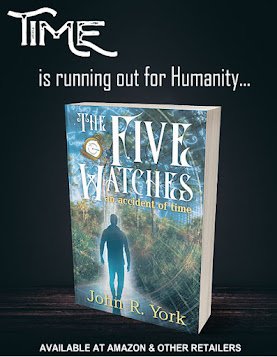

















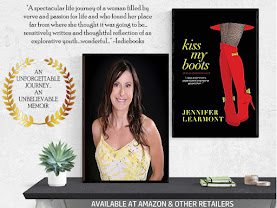

















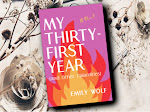
















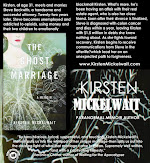






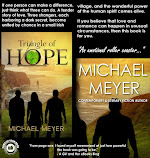
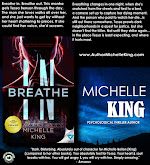









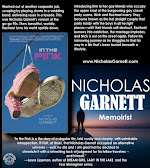









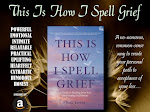



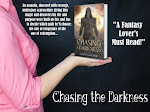





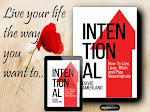
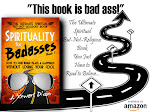




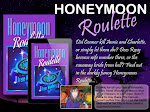
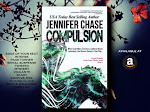
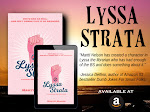
























Leave a Comment